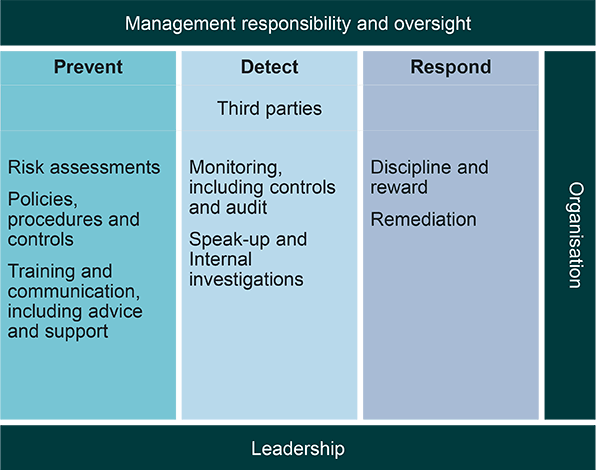
Project management Plan projects, automate workflows, and align teams. For your role or industry. Overview & benefits Learn why customers choose Smartsheet to empower teams to rapidly build no-code solutions, align across the entire enterprise, and move with agility to launch everyone’s best ideas at scale.
Build and Test Before Review. Know What to Look for in a Code Review. Here are nine best practices for code review: 1. The goal is to arm the developers with information to help them make the application's source code more sound and secure.A DevOps Engineer should possess the following skill set: Good hands-on knowledge of Source Code Management (Version Control System) tools like Git and.9 Best Practices for Code Review. A secure code review does not attempt to identify every issue in the code, but instead looks to provide insight into what types of problems exist and to help the developers of the application understand what classes of issues are present.
Dont Commit Half-Done Work 4. 7.Keywords: code review, evaluation, secure code, secure code review, secure development, security, test, vulnerable softwareVersion Control Best Practices 1. Communicate Goals and Expectations. Give Feedback That Helps (Not Hurts) 6. Check No More Than 400 Lines at a Time.
As a consequence, MITRE SEs are expected to understand the rationale behind a secure code review and when such a review is appropriate. Writing source code that is sound and secure is key in creating applications that withstand attack and function as intended in the face of a malicious adversary. Security has become a major point of emphasis and a key component within the larger area of mission assurance. This report is provided as an education and reference document as part of the Code ofA set of 84 indicators of best practices and standards for each of the 16 principles provides a reference for reviewing the implementation of the Code.MITRE SE Roles & Expectations: MITRE system engineers (SEs) often help our sponsors and customers formulate plans and policies for developing applications through all stages of the software development life cycle. The present report supplement to the Code of Conduct and present the updated (year 2018) version of the Best Practices.
The Stuxnet worm in 2010 was a high-profile example of how a malicious user can leverage an application vulnerability to subvert protection mechanisms and damage an end system. BackgroundApplication-level security is increasingly coming under fire. Finally, MITRE SEs are expected to understand how a secure code review is performed and what its strengths and limitations are.


Flaws in regular expressions often affect data validation.The Common Weakness Enumeration is a listing of the specific types of flaws that a secure code review looks for. Flaws related to the type of information included in a message often affect error handling. Flaws in the handling of passwords often affect authentication. A secure code review should inform the developers of the soundness of the source code in each of these areas:Several weaknesses (flaws) can affect each of the preceding security mechanisms. An application that is weak in any area makes itself a target for a malicious user and increases the likelihood that the application will be used in an attack.
Best Practices For Code Management Manual Or Automated
An automated review uses a tool to scan the code and report potential flaws.Manual review is time consuming and requires significant domain expertise to be done correctly. In a manual review, an analyst reviews the code line by line, looking for defects and security related flaws. Automated ReviewA secure code review can be a manual or automated review, each with advantages and disadvantages.
Additionally, the technology behind automated tools is only effective at finding certain types of flaws. However, good automated review tools are expensive. Automated review helps solve the problems associated with manual review. A proficient reviewer can get through about 3,000 lines of code a day, based on the experiences of the MITRE Secure Code Review Practice. Even with experienced human analysis, errors in the review (missed and incorrect findings) are unavoidable.
When to Perform a Secure Code ReviewSecurity should be a focus throughout the entire development life cycle. Adjudicating false positives requires human intervention and takes time away from the development team.The best approach for a secure code review is to understand the advantages and disadvantages of each method and to incorporate both as appropriate. Automated tools also tend to produce false positives (reported findings that are not actually issues). Employing multiple automated tools can mitigate this problem but will still not uncover every issue.
Best Practices and Lessons LearnedUnderstand the developers' approach. Performing it once toward the end of the development process helps mitigate cost. The reason for waiting until late in the development phase is that a secure code review is expensive and time consuming.
The customer uses the program's approved risk assessment plan to assess risk and decide whether to accept it or not.Focus on the big picture. The review team should report what it finds. A secure code review should not attempt to make judgments about what is acceptable risk. In addition, try to use more than one automated tool because the strengths of each differ and complement the others.Do not assess level of risk. If possible, use both manual and automated techniques for the review because each method will find things that the other doesn't. Information gathered during this discussion can help jump-start the review and significantly decrease the time a reviewer spends trying to understand the code.Use multiple techniques.
Leverage automated tools to get details on specific flaws.Follow up on review points. Instead, gain an understanding of what the code as a whole is doing and then focus the review on important areas, such as functions that handle login or interactions with a database.


 0 kommentar(er)
0 kommentar(er)
